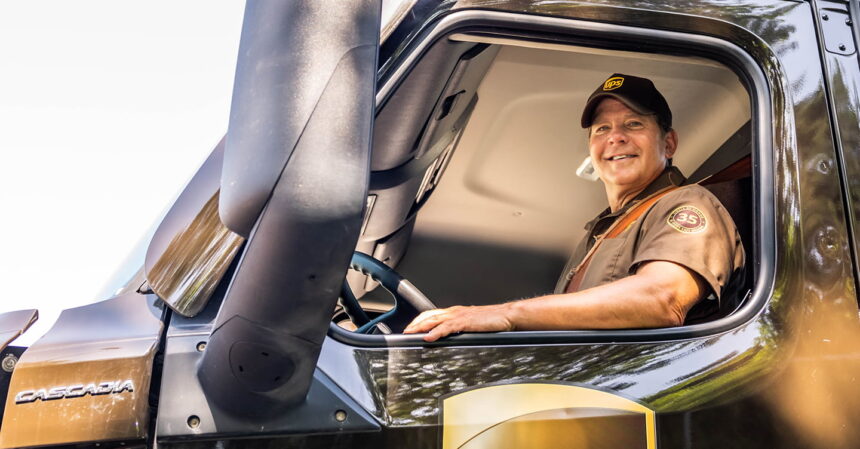
In a groundbreaking move, UPS, a foremost logistics assistance provider, has adopted and launched a virtual reality (VR) training program to optimize the organization of its delivery personnel, particularly in challenging situations. By immersing themselves in a virtual city center, UPS package dispatch drivers can now practice and refine their skills in parcel delivery, while navigating through various obstacles such as pedestrians, parked vehicles, and traffic congestion.
The integration of VR technology in UPS training programs began in 2017, initially as a testing phase in North America. Recognizing its effectiveness, the company swiftly incorporated VR training as an essential component in 2020, resulting in a significant expansion of their driving and delivery simulators across North American facilities. Currently, UPS boasts up to 40 simulators, which are readily available to students seeking to enhance their driving capabilities.
This VR system gives a practical driving experience to assist students become conscious and practicing road safety in preparation for driving a real dispatch automobile. This experience is harmonized with hands-on driving and classroom training.
UPS develops VR-friendly driving school
UPS has also developed a driving school called Integrad in line with the simulators to boost the use of VR in an industrial training setting. There are about twelve fixed buildings with ten located in the US and two in Europe and also it has two mobile units.
Integrad uses varieties of 3D simulations, webcasts, and conventional instruction to instruct drivers’ safety, customer service, and efficiency. The driving school likewise shows a model city with actual streets, traffic indications, sidewalks, and simulated dispatch and pick-up locations.
This enables drivers to test practical scenarios they will experience in their day-to-day work. While prioritizing advanced safety training is paramount, it is not without its costs. In 2022 alone, UPS spent a substantial $343 million on these training initiatives.
Integrad activity was based on the UPS Code for Safe Driving. The code has evolved remarkably since its introduction in 1975. It comprises five fundamental principles: Target vision, communicating intentions, keeping your distance, looking for hazards, and adapting to conditions.
By fostering a comprehensive learning experience and joining the VR training centers, USP is keen on staying ahead of the curve.
Photo Credit: UPS



